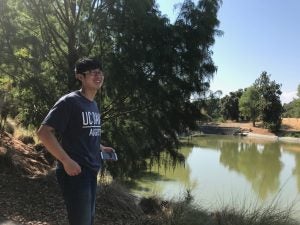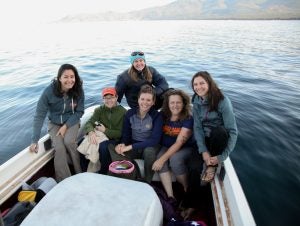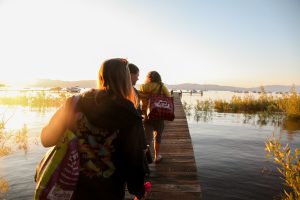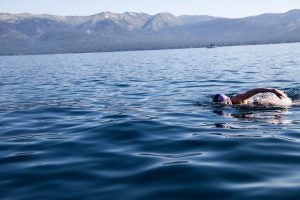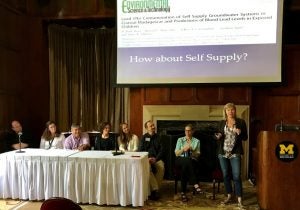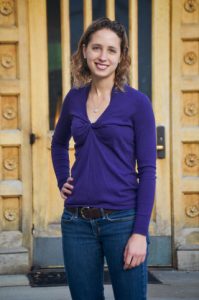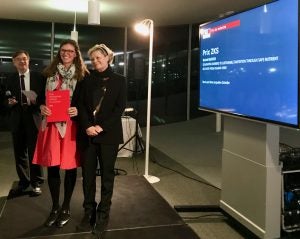
Dr Bischel was recently awarded the “Prix Zeno Karl Schindler/EPFL Prix de l’Environnement et du Développement Durable 2017.” The purpose of the Zeno Karl Schindler/EPFL Prize is to distinguish a high level research project and publications of particular excellence performed at the Swiss Federal Institute of Technology in Lausanne (EPFL) in the field of environmental sciences and/or sustainability.
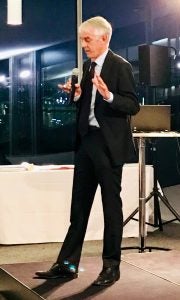
Dr. Bischel was awarded “for her contributions to the development and evaluation of sustainable solutions for sanitation and resource recovery in low-income settings. Her highly interdisciplinary work is instrumental to both public health protection and consumer acceptance of a promising technology.” The award recognized the compilation of three peer-reviewed publications and a fourth publication in preparation on the subject, “Eliminating barriers to sustainable sanitation through safe nutrient recovery from human urine.”
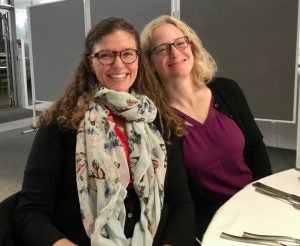
Dr. Bischel was honored by the Zeno Karl Schindler Foundation and EPFL on October 6, in a ceremony held in Lausanne, Switzerland and will receive a 20,000 CHF prize. This is the 7th award of this kind presented by the foundation. Dr. Bischel is the first woman to win the ZKS/EPFL Award (and very honored to have been selected and to have this important work be recognized!). A list of past awardees is available here. An announcement about the award is posted here, and additional photos from the ceremony are available here.

